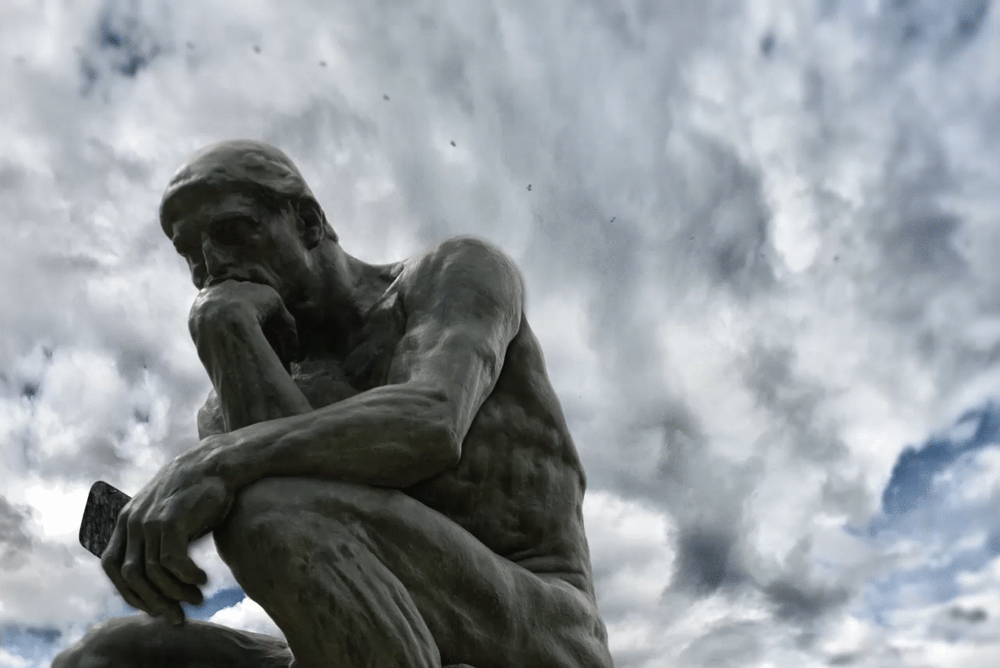Here’s new secular social science research that’s drenched with religious significance just waiting for examination by journalists.
Over the years, a substantial body of evidence from blue-ribbon universities and medical schools has demonstrated the physical and psychological benefits of regular religious involvement. A January Guy Memo here at GetReligion featured one such new study and then there’s that pioneering Mayo Clinic report from 2001 (.pdf here).
Note to journalists: The impact on life outcomes of youths who are raised in religious homes is especially striking.
Consider the 2019 book “Compassionomics: The Revolutionary Scientific Evidence That Caring Makes a Difference” by physicians Anthony Mazzarelli and Stephen Trzeciak, who are administrators and researchers at New Jersey’s Cooper University Health Care and Cooper Medical School. They reported evidence that health care staffers’ compassion toward patients has a powerful impact on improving both patient outcomes and the workers’ own well-being.
No kidding.
A new book by the same co-authors, going on sale June 21, dramatically extends the concept: “Wonder Drug: 7 Scientifically Proven Ways That Serving Others is the Best Medicine for Yourself” (St. Martin’s Essentials; contact publicity@stmartins.com). The Guy has not read the book but the news potential is obvious from a CNN interview with Mazzarelli last Saturday (click here for transcript).
Think of it as doing well by doing good.
From biblical times to the present, people have been urged to be helpful to others because (1) your Creator requires it and (2) it’s the right thing to do. The two clinicians tell us that a consistent commitment to helping other people is great for you in all kinds of medically provable ways and is thus the “wonder drug” of their title.










